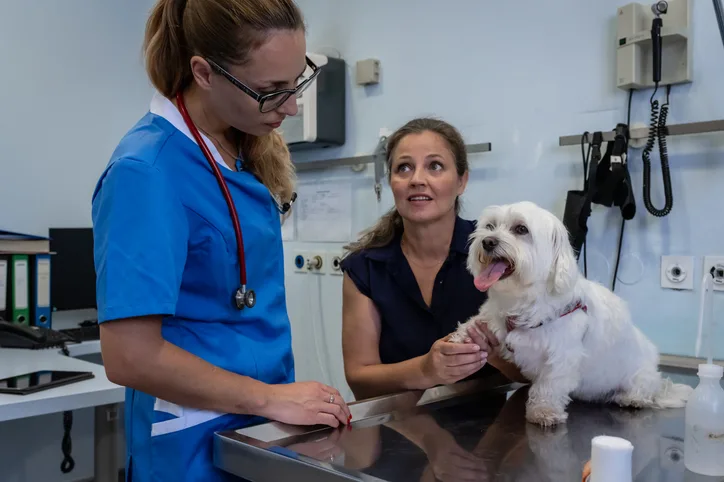
Dear Second Opinion,
I was drawn to veterinary medicine because I love puzzles. The idea of systematically unraveling a patient’s condition, clinical signs, and test results has always appealed to me.
I see test results as exciting pieces of a puzzle, but clients can see them as an expense and believe their investment should yield concrete results. I sense frustration and doubt from clients when test results are inconclusive or additional testing is needed, and I feel increasingly burdened to pick the correct diagnostic, so it doesn’t appear as though I’m wasting the client’s time and money. This burden has begun to take the joy out of one of the main reasons I wanted to be a veterinarian.
How can I manage client expectations and better communicate the value of diagnostics, even when they don’t yield clear answers?
Signed,
Looking Beyond the Bill
Dear Looking Beyond the Bill,
You’re not alone; many clinicians get into veterinary medicine because they are problem solvers. In veterinary school, we learn to put diagnostic test results together like puzzle pieces until we have the whole picture. In practice, however, resources (and client patience) are often limited. Testing recommendations should be intentional and judicious. It can also help to prioritize tests most likely to affect patient treatment.
When testing is needed, explain the reasoning behind your recommendations, and set expectations for possible outcomes. Ensuring the client is aware an answer is not guaranteed can help avoid disappointment from a lack of results. For example, the initial recommendation for a patient with polyuria and polydipsia may be to perform blood work and urine testing. You could say, “Increased thirst and urination can be caused by many conditions, such as diabetes, renal disease, and hyperadrenocorticism. Blood work and urine testing can tell us how the organs are functioning. Sometimes these results tell us exactly what the problem is, but other times we need to perform additional testing to get an answer. We will know more once the results are available.” This informs the client about possible diagnoses, conveys the value of information gained from testing, and prepares clients for the possibility of inconclusive results.
Presentation of results can also impact client perception. Celebrate normal test results to emphasize the value of the test. If results are inconclusive or do not result in a diagnosis, acknowledge and empathize with the client’s feelings of frustration. Using the above example, you could say, “Based on these results, diabetes and kidney disease can be eliminated. I understand it is frustrating to not have an answer yet, but we have narrowed the list of possible causes and know what our next steps are.”
Individual client perceptions and budgets can be thought of as additional pieces of the patient puzzle. Combining this information with patient history, physical examination findings, and diagnostic results can help identify the best options for each patient. Remember to also include the client in the decision-making process.
Focusing on how to best communicate the diagnostic plan and test results can help mitigate these challenges and keep the joy in your profession.
Sincerely,
Kate Boatright, VMD